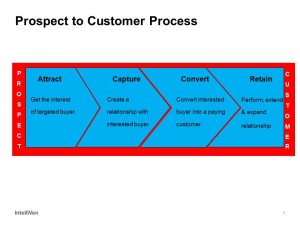For decades organizations have sought and achieved productivity and performance improvement through information technology and process engineering initiatives. While these efforts streamlined and automated what organizations do to provide services and products, they failed to address many people and organization needs along the way. As a result, we still have a long way to go in order to achieve peak performance as suggested by figures 1 and 2 below.


While the next wave of performance improvement may come from augmented reality, artificial intelligence, the internet-of-things, or any number of other things, it can also come, as suggested in figure 3, from enhancing the way people perform as individuals and together in groups, teams, and organization units. Leaders at all levels are challenged to get the most from their organizations and change initiatives by developing each person and their teams to fulfill their potential to perform and grow.

Unfortunately, the skills to effectively lead this wave are not yet widely known or effectively taught and are difficult to figure out on-the-job even among bright and highly motivated professionals. These skills can, however, be learned and immediately put to work to improve performance in any organization.
IntelliVen content is rooted in the discipline of Behavioral Science as applied to real-world experiences by pioneering executives and cutting-edge executive coaches in public, private, venture-backed, and private-equity-owned for-profit, not-for-profit organizations.
Leaders and coaches can put the tools, methods, and principles posted on the IntelliVen site into highly effective practice and success in social, public, and commercial sector organizations of all sizes and stages of evolution.
It is hard to interest organization leaders in lifting performance through improved interpersonal dynamics. The reason is that it is harder to grasp than, say, buying a system or changing a business process.
As such it is incumbent upon those who sell and deliver improvement through upgrading behavior, to package and describe offerings in tangible terms. For example, rather than pitching Manage to Lead as tools, methods, and principles that help an organization to achieve its potential to perform and grow, it may be more tangible, and therefore more “buyable” if it is introduced as the Manage to Lead System and delivered in a staged, systematic, deliberate way.
The other key is to sell the benefit delivered, not the process by which it is achieved. For example, following the Manage to Lead System will increase growth rates and improve profit margins. That it does so principally by getting people and teams to work better together is incidental to the final result though it is an extraordinarily efficient way to achieve it.


